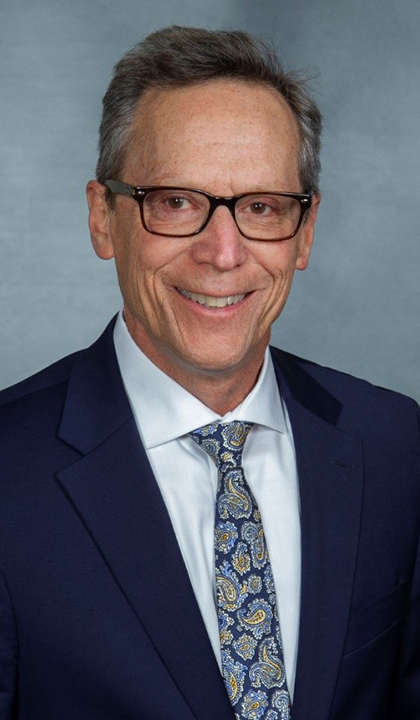CPHSJ Students Published in Dr. Roger Lewis's New Book, "The Role of the Industrial Hygienist in a Pandemic"
12/13/2021
In the spring 2021 semester, Dr. Roger Lewis’s PUBH 2300 class, “Contemporary Issues in Global Health,” worked on a project to “determine the unique challenges for protecting workers in several types of industries where pandemic pathogens were difficult to control.”
The students outlined different industries, such as manufacturing and food production, to determine unique challenges that occurred in each in terms of protection against COVID-19.

Most industries experienced challenges related to social distancing, source control (masks, face shields), and protecting certain demographics of people who are more vulnerable to diseases.
Dr. Lewis said his main motivation for having students work on the project came from a student evaluation from a previous semester, suggesting that he should focus the class more on problem solving instead of just discussing solutions to problems.
I thought this could give the students some ownership in publishing work that would be useful by many in this and perhaps future pandemics,” Dr. Lewis said.
With this in mind, Dr. Lewis said he wanted to “make this class more about problem solving and engaging students.” That is where the opportunity for this collaborative project came about.
The students’ names were published in the acknowledgment section at the beginning of Dr. Lewis’s book, 'The Role of the Industrial Hygienist in a Pandemic,' and their work appears in the appendix.
The book outlines the challenges faced in controlling pandemic pathogens, as well as control measures and the improvement of workplace hygiene and sanitation. Although the book was researched and written because of the COVID-19 pandemic, it is intended to be used for insight on how to control future pandemics as well.
“The collaborative energy and reciprocal learning of working with a group and being able to hear different perspectives that you wouldn’t necessarily immediately come to (were my favorite part),” said senior Elena Dixon.
Discussing his favorite aspects of the project, Dr. Lewis said it was “the valuable contribution to our literature” that the students made, and the fact that he was able to give the students something different to work on outside of the normal scope of a typical structured class.
The student authors included: Diva Agarwal, Dana Alshekhlee, Deema Alyami, Emma Anderson, Nicole Balmaceda, Andy Banda, Kristin Beduhn, Daniel Blunt, Ed Chau, Nupur Chowdhury, Syreille Clement, Elena Dixon, Dalia Dzekic, Cayla Guarnizo, Kaylee Gutzke, Lacy Hance, Muneeb Hasan, Claire Jenness, Viashali Lingutla, Christa Lolley, Grace Maliborksi, Abigail Maloney, Julieth Masirori, Kathryn Mueller, Paula Naharros, David Olander, Amber Ray, Alayna Roderique, Amela Sijecic, Megan Spasenoski, Rachel Van de Riet, Pooja Velury and Delaney Walker.
Anyone interested in reading the published book by Dr. Lewis can do so can do so here.
College for Public Health and Social Justice
The Saint Louis University College for Public Health and Social Justice is the only academic unit of its kind, studying social, environmental and physical influences that together determine the health and well-being of people and communities. It also is the only accredited school or college of public health among nearly 250 Catholic institutions of higher education in the United States.
Guided by a mission of social justice and focus on finding innovative and collaborative solutions for complex health problems, the College offers nationally recognized programs in public health, social work, health administration, applied behavior analysis, and criminology and criminal justice.